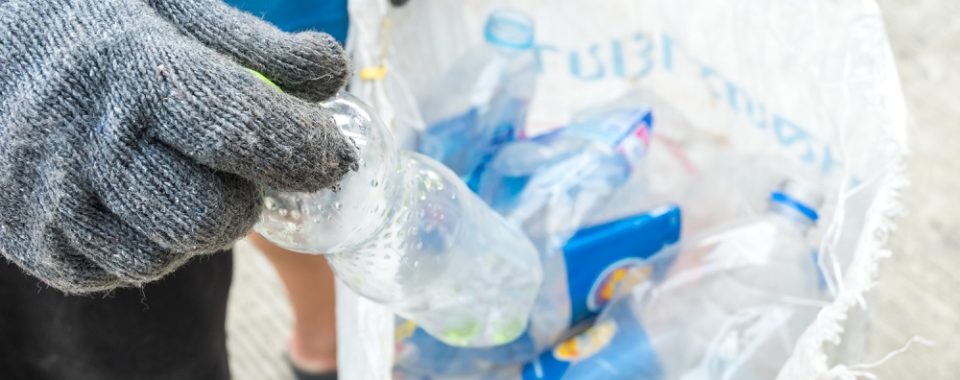
Tomorrow is National Skip the Straw Day and many of you may be wondering what’s the deal with straws? Why is everyone talking about it? If you skip the straw, would it really make a difference?
The answer is yes! Though the difference won’t be big, it is necessary. Once plastic straws are out of the way, we can move on to bigger items like plastic bags of coffee cups. The key is to start small and work your way up!
So what REALLY is the big deal about straws?
Plastic straws are a small part of the huge plastic pollution that we have on earth today. Even if we completely cut out straws, it would only decrease plastic pollution by 0.2% according to QUARTZ. Have you heard about Starbucks trying to take away straws from their stores completely by 2020?
Yes it only makes a small change but think about it. How often do you use a straw daily? Do you actually need the straw or is it just out of habit/convenience? A small change can make a big difference which leads to other big changes.

Here are a few facts about the plastic in our oceans!
According to Earth Day Network Though you may not live near and ocean or even visit the ocean, the amount of plastic pollution is huge!
1. “There are five massive patches of plastic in the oceans around the world. These huge concentrations of plastic debris cover large swaths of the ocean; the one between California and Hawaii is the size of the state of Texas”
2. ” The amount of plastic in the ocean is set to increase tenfold by 2020″
3. “By 2050 there will be more plastic in the oceans than there are fish (by weight)”

How can you skip the straw?
You can start by reducing your plastic straw use! If you absolutely have to have a straw, try investing in a reusable straw. They have bamboo, acrylic and stainless steal straws that can be washed and reused over and over again.
The key is to be aware of what is biodegradable and what will be around on this earth for years and years to come. If you can’t reuse it or recycle it, reduce it.











